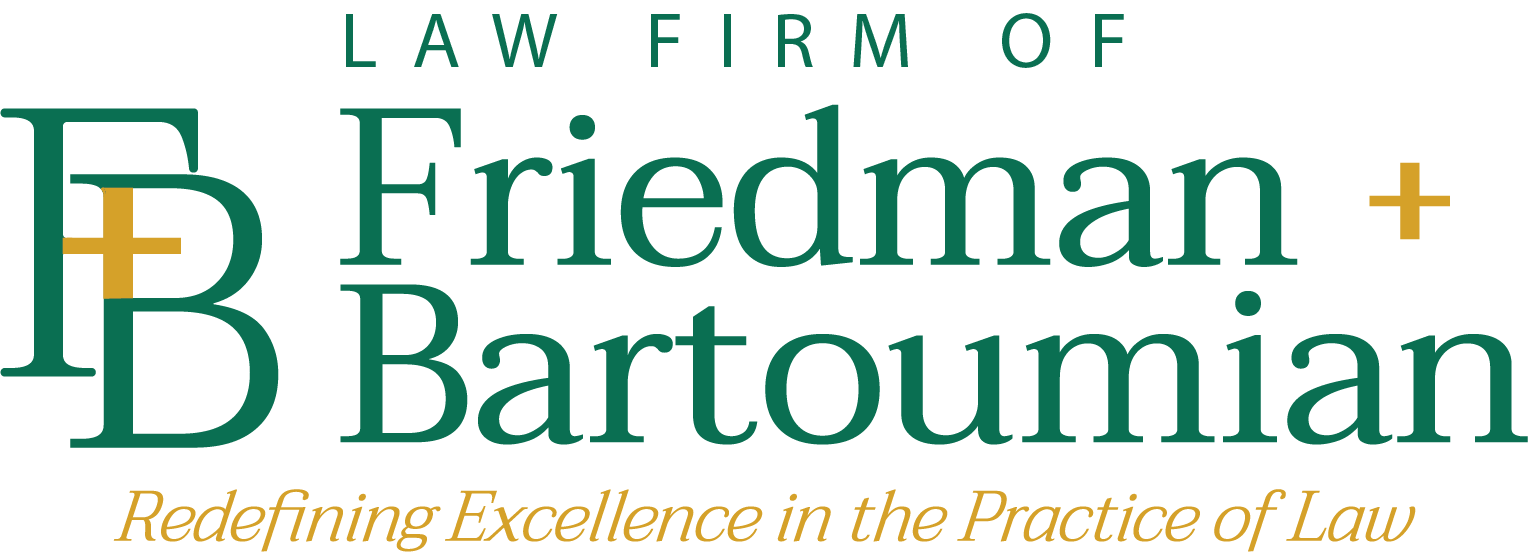It is quite common for an employee to file a claim for Unemployment Insurance benefits (UI) after an employee is laid off; however, to receive up to 26 weeks of UI benefits the ex-employee must certify under the penalty of perjury they were available for and capable of working every day. During the 26 weeks the worker must also seek employment and identify all places where employment was sought.
Once UI benefits are exhausted some claimants seek workers’ compensation disability by either reporting a late claim or reopening an old one. What’s baffles employers in the comp claim is on what basis the worker can legitimately assert that they were disabled the entire time they were off work and collection UI benefits. After all, in the UI claim the very same worker verified in writing and under the penalty of perjury that they were always capable of working and even identified employers from whom work was sought! So, what’s the truth – was the employee disabled or not? The story changes depending on which tribunal is hearing the case.
This isn’t the only time we see inconsistent testimony. In other forums, such as before the EEOC, FEHA, and ADA, a worker’s testimony is privileged and cannot be referenced in other legal proceedings. It frustrates employers when an applicant’s own sworn contradictory testimony given under oath in another forum cannot be used to impeach testimony later presented at the workers compensation appeals board.
Claims professionals also notice this same problem in civil litigation when dealing with an industrial injury attributed to third party negligence. In the injured workers’ civil suit for damages, the injured worker asserts how a third party was 100% at fault for the accident. Yet, at a subsequent WCAB credit hearing the story changes and the worker attributes the entire accident to employer negligence.
What is an employer to do? First, we must acknowledge that the worker’s story will change, and we must take steps to counter that inevitable change. One approach is to take a detailed statement from an injured worker at the time of accident, as well as upon the termination of their employment. Some employers use a post-termination questionnaire which asks their employees to list all injuries existing at the time of layoff; however, even this tactic is not always successful as employees are later coached by their attorney to testify to not being aware of an injury at the time of their separation, especially a cumulative trauma injury is alleged. It’s a loophole in our compensation law that is often exploited for monetary gain. As for civil litigation, when the employer is an intervenor and active participant, it is recommended that as a condition precedent to the settlement of the employer’s subrogation lien, that the parties stipulate to the employer’s percentages of negligence, if any. Such stipulations are binding in the work comp matter, which makes it a lot easier to resolve credit rights when litigating the issue at the WCAB.










 Full Salary and TD: A Sixty-Second Seminar in Workers’ Compensation Claims Handling
Full Salary and TD: A Sixty-Second Seminar in Workers’ Compensation Claims Handling
Leave a Reply